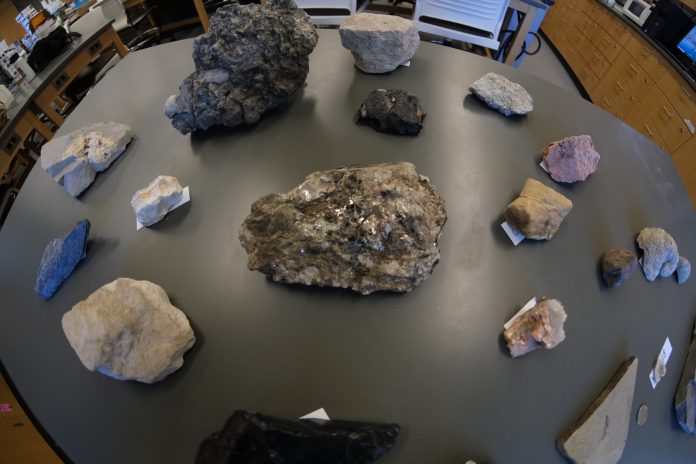During a recent Geology 101 class at the University of Hawaiʻi–West Oʻahu, students carefully studied 500 million-year-old fossils of extinct sea creatures called trilobites.
Geology lecturer Sarah Glancy welcomed the students of her in-person class to handle the samples — with gloves for COVID-19 safety — and appreciated how her students were in awe of the experience, eager to touch and learn about the priceless trilobites.
“These are intro-level students getting a chance to work with these amazing fossils,” Glancy said. “They got really excited about it, so it was very cool.”
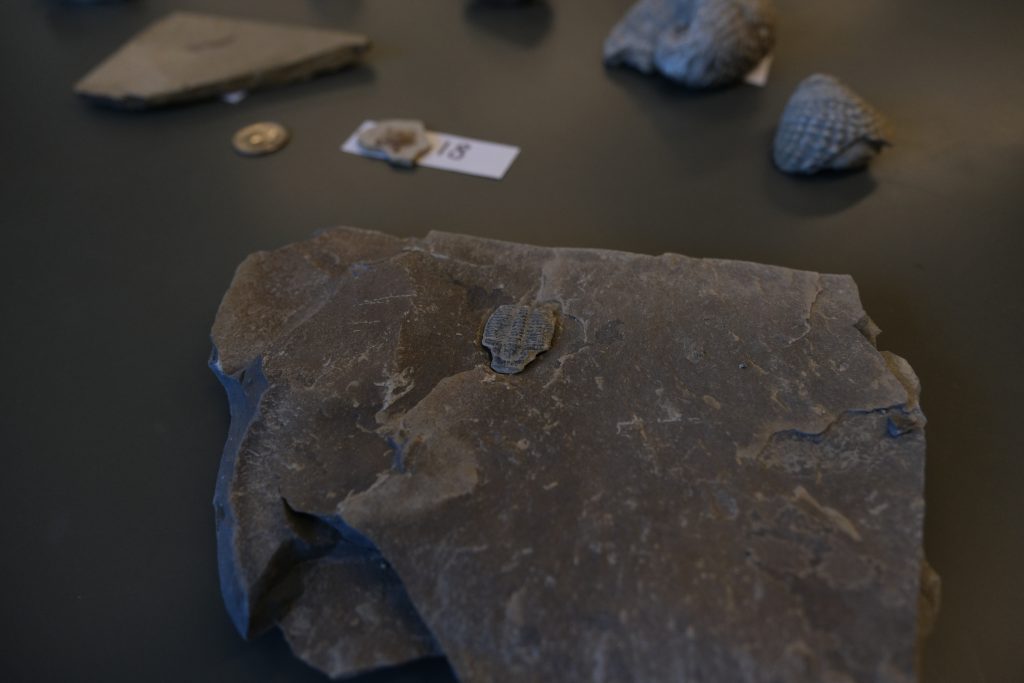
The trilobite fossils are part of an extensive rock collection that was generously donated to UH West Oʻahu in support of its geoscience courses by Dr. Phillip Jackson, who personally collected each sample from 1,500 individual sites across 48 states. At each location, multiple rocks, minerals, and fossils were collected, and sometimes sand, as well.
“The rock collection is an amazing contribution to UH West O‘ahu and is providing our students with a wonderful opportunity,” said Dr. Michael Furuto, chair of the Mathematics, Natural and Health Sciences Division at UH West Oʻahu.
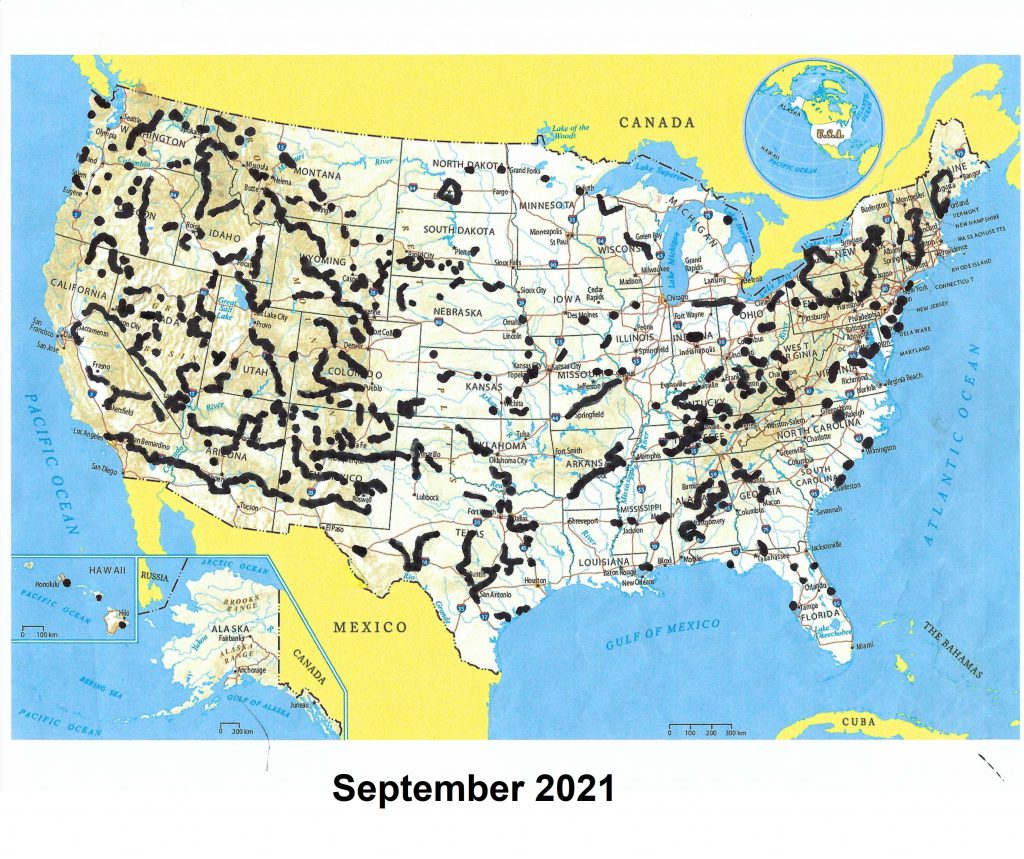
Jackson, who received his Ph.D. in political science from the University of Chicago, is retired from working in both the public and private sectors, and took up geology as a hobby in his retirement.
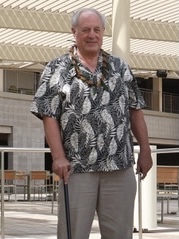
“I chose UH West Oʻahu to receive this collection because I wanted to give the people of Hawaiʻi, as well as the Pacific rim nations, an opportunity to study firsthand the geology of the continental United States, rather than simply read about it in books,” Jackson said. “This includes the fossil history of the country as well.”
Jackson said it is his hope that the collection will give those who access the material a chance to see the full range of opportunities out there for someone interested in geology or paleontology.
“The really, really amazing thing about doing geology in the Hawaiian islands is that it’s super unique,” Glancy said. “There are not very many places in the world where you have an active volcano that people can go right up to and study.”
But the islands are geologically young and its volcanoes primarily erupt one type of rock, so Hawaiʻi doesn’t have a lot of different types of geology, Glancy noted.
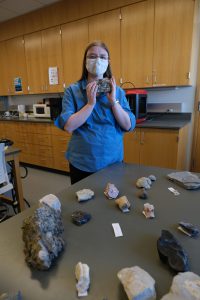
“So this really puts the world at our fingertips because we can now show the students many different types of rocks from many different places that we don’t really see here,” Glancy said. “It gives them a chance to see the whole world and just experience something they wouldnʻt otherwise.”
Furuto said the donated collection is special for several reasons.
“The samples were selected to be representative of the areas collected,” Furuto said. “This is extremely rare to have a rock collection specifically selected to be representative of many locations around the U.S. without the university having multiple professors researching and collecting samples for a long time over a lot of different areas and then assembling a collection from others’ research samples.”
Also, GPS locations were recorded for the rock samples and hundreds of photos were taken by Jackson so that students can study the sampled areas.
“This would allow our students to see rocks from all over the U.S., so they can take virtual field trips by viewing photos of the locations the rocks were collected from, identify the locations on Google Earth, and check out the rock samples,” Furuto said. “These can be compared to satellite images as well.”
All of this information and data was provided to UH West O‘ahu with the rock samples free of charge. Most of the costs to ship the collection from the mainland to UH West Oʻahu were also generously paid by Jackson.
Glancy and Dr. Richard Jones, professor of Science Education and director of the Veterans Empowered Through STEM (V.E.T.S.) Program, worked closely with Jackson to coordinate the rock collection shipment, organization, and storage. Jones’ V.E.T.S. grant also helped cover shipping costs.
“This is a truly unique collection — one of only three in the nation,” Jones noted.
According to Glancy and Jones, future hopes for the collection go beyond UH West Oʻahu classrooms, with ideas including rotating displays at the James and Abigail Campbell Library and community outreach with children interested in STEM.
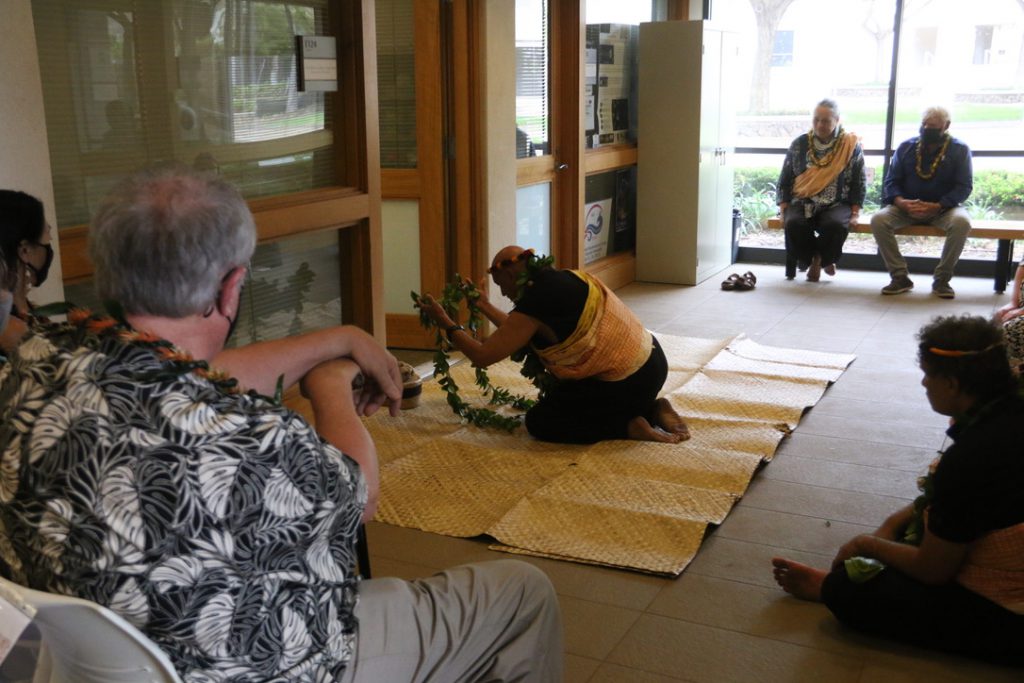
At a special blessing, Launa Kapu o Pōhaku, held Oct. 22 on campus to help welcome the rock collection from the continental U.S., Glancy shared its significance with guests including Jackson, who travelled to Hawaiʻi to visit UH West Oʻahu.
“The impact of this permanent collection is lasting,” Glancy said at the ceremony. “It will support students now and into the future as they learn about our fascinating world and its beautiful geologic history. One hundred years from now, students can still study these same rocks, minerals, fossils, and sands.”
Glancy continued, “This collection not only supports our current course offerings, but also offers exceptional potential for curricular expansion as UH West Oʻahu grows.”
